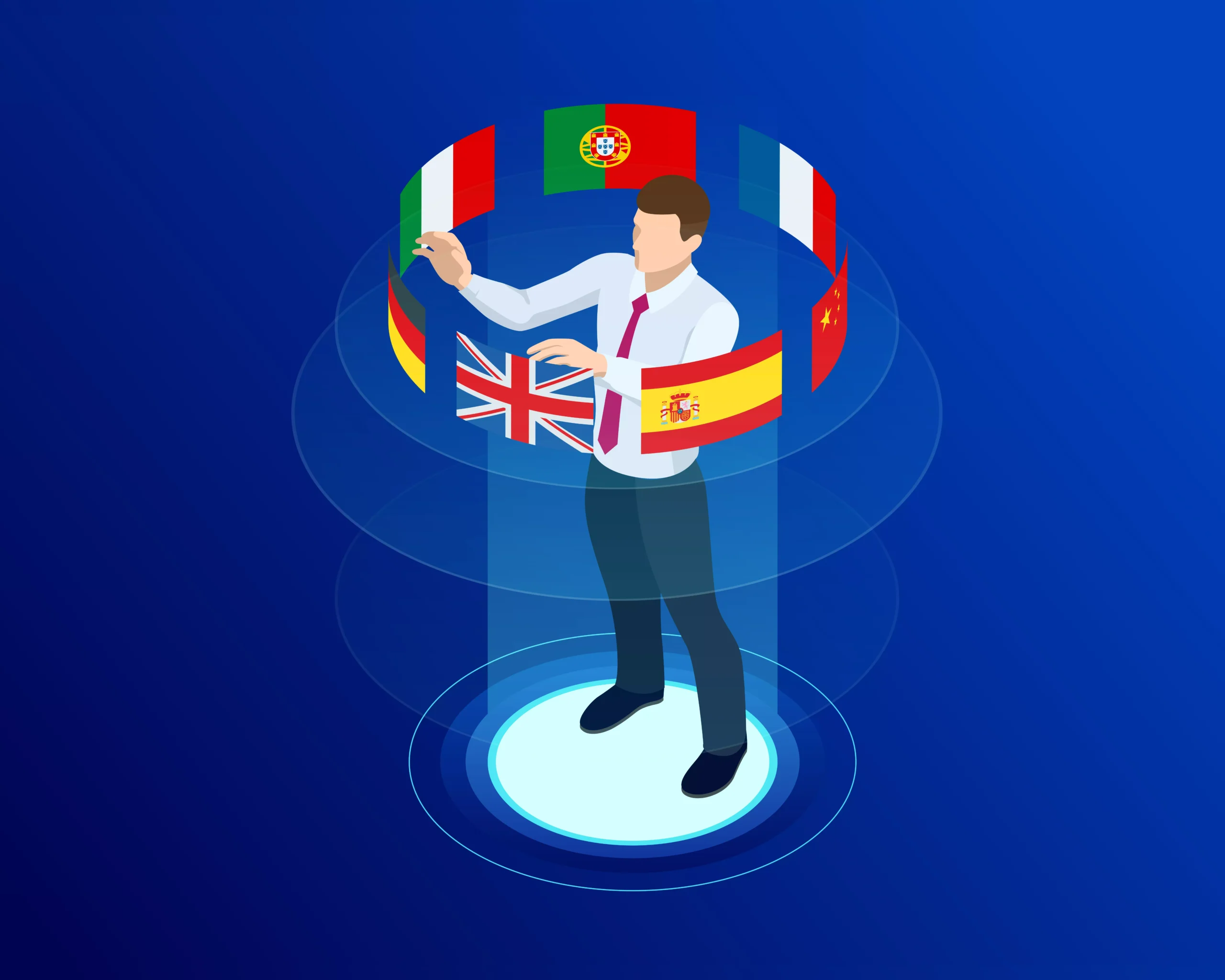Description
Interpretation. How do you choose the right service ?

To succeed internationally, your company needs to communicate with people around the world as if it were a local business.
To get your content across in the native language of a particular market, you need interpretation, translation and localisation services, or both.
How do you choose the right service?
There are many differences between translation and interpreting.
Translation focuses on written content.
It requires a high level of accuracy and can be time consuming.
Interpreting deals with spoken language and is a real-time service.
Understanding and communication take precedence over perfection.
The main difference between interpreting and translation is the medium used in each service : an interpreter translates spoken language orally, while a translator works with written text.
Translators and interpreters have slightly different skills, but both share in-depth cultural and linguistic knowledge, specialist expertise and the ability to communicate clearly.
Although the two terms are often used interchangeably, understanding the difference between these closely related linguistic fields is essential to choosing the right service.
Interpreting
Interpreting takes place on the spot.
The service is provided in real time, simultaneously with the original speech (simultaneous interpreting) or immediately afterwards (consecutive interpreting), without the aid of written texts, dictionaries or other reference materials.
Professional interpreters put the source language (the language to be translated) into context, preserving the original meaning but rephrasing idiomatic phrases, colloquialisms and other specific cultural references so that they are understood by the target audience.
An interpreter’s only assets are experience, a good memory and quick reflexes.
Interpreters deal with live translation projects : conferences and meetings, medical appointments, court proceedings, live television broadcasts, sign language.
Translation
The main difference between interpreters and translators is probably the fact that most professional translators use computer tools for their work.
Tasks include converting the original content into a user-friendly file type and manually filling in the gaps.
As he or she moves through the various sections of the text, the translator consults glossaries and style guides to translate and produce quality work.
Finally, the translation is passed on to another linguist for proofreading and the final written document is converted back into the original format to produce a result that is as close as possible to the source file.
Translators handle all types of written information: websites, press, video subtitles, software and multimedia content.
Which service to choose ?
The differences between translation and interpreting are significant.
To summarise, here are the five main differences to bear in mind when choosing the most appropriate service for a project.

Five key differences between interpreting and translation
1. Format
Interpreting deals with spoken language in real time, whereas translation services are based on written text.
2. Delivery
Interpreting is done on site.
It takes place in person, by telephone or video.
Translation, on the other hand, takes place after the source text has been created, even a long time later.
This gives translators time to use technology and reference materials to produce accurate, high quality translations.
3. Accuracy
Interpreting requires a lower level of accuracy than translation.
Interpreters strive for perfection, but this is difficult to achieve in a live setting where, for example, part of the original speech may be omitted.
Again, time plays in favour of the translator, who has editing and proofreading phases to improve the accuracy of the written text.
4. Direction
Interpreters need to be fluent in both source and target languages as they have to translate instantly in both directions without the aid of reference materials.
Professional translators usually work in one direction only, i.e. into their mother tongue.
5. Intangible aspects
Understanding metaphors, analogies and idioms in the target language is a challenge for both interpreters and translators.
Interpreters must also pick up on tone, inflection, vocal quality and other unique elements of the spoken language and convey these verbal cues to the audience.
Now that you know the differences between translation and interpreting, you can consider each service in relation to your specific requirements : do you need highly technical or niche content translated ?
If you have any further questions or requests, please do not hesitate to contact me at info[at]nuda-verita(dot)com, or call me on +507 6868-1895 and I will be happy to answer any questions you may have.
The cost of the service is $50 per hour.




